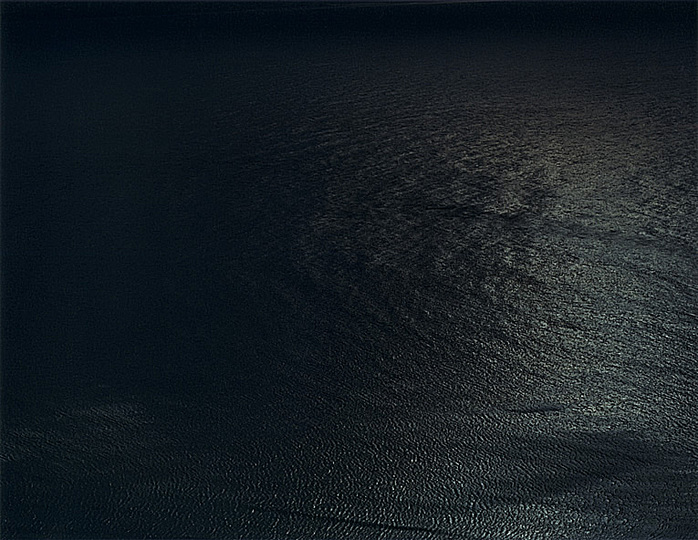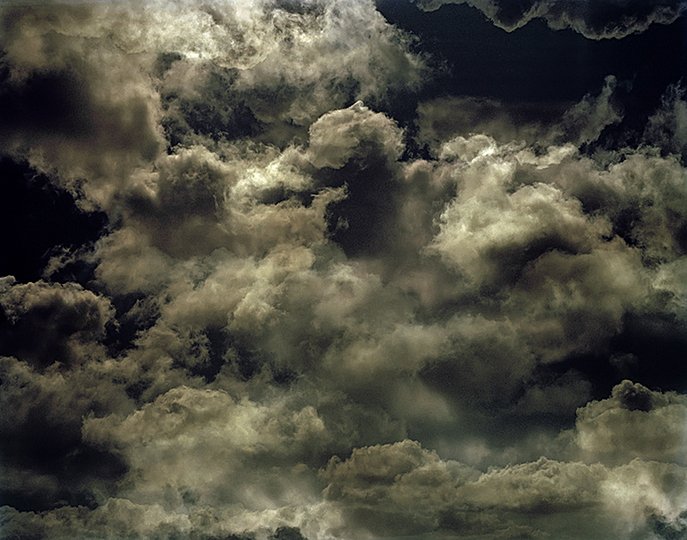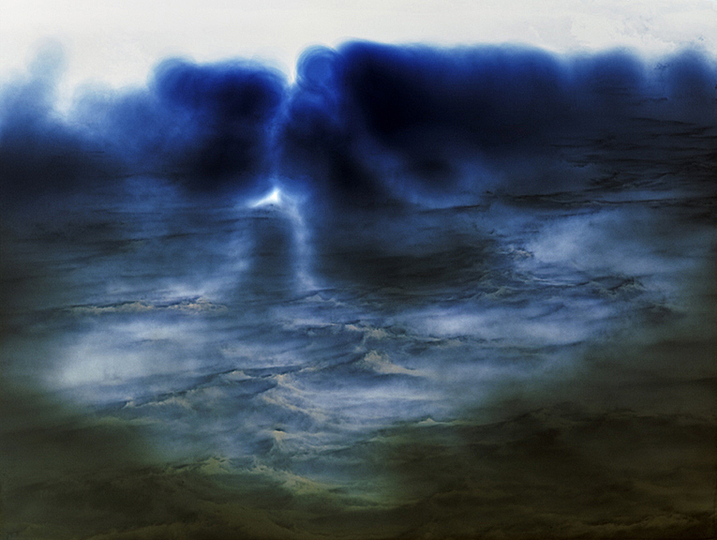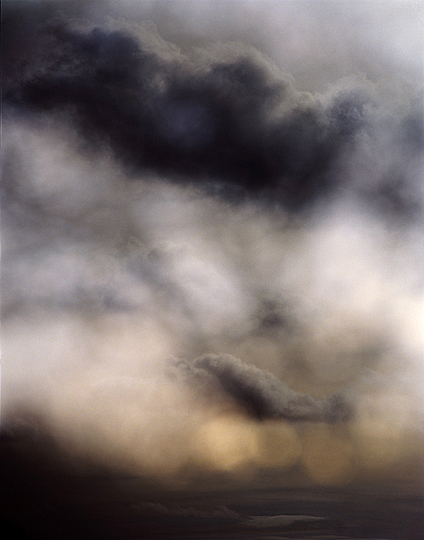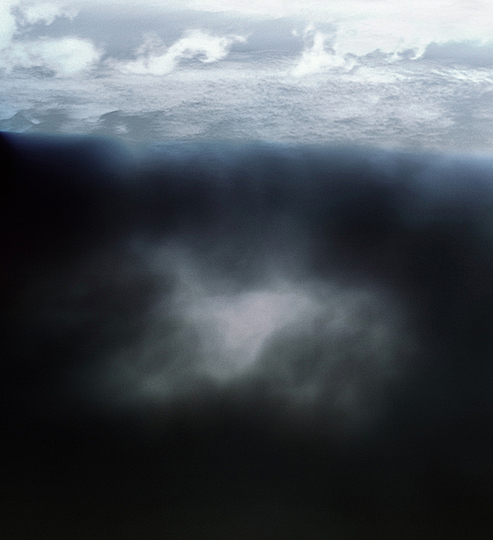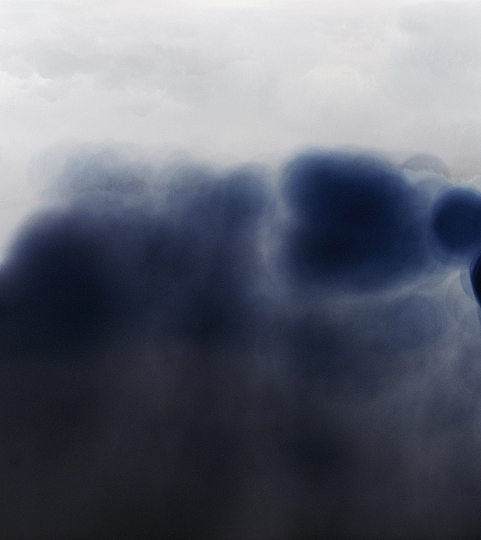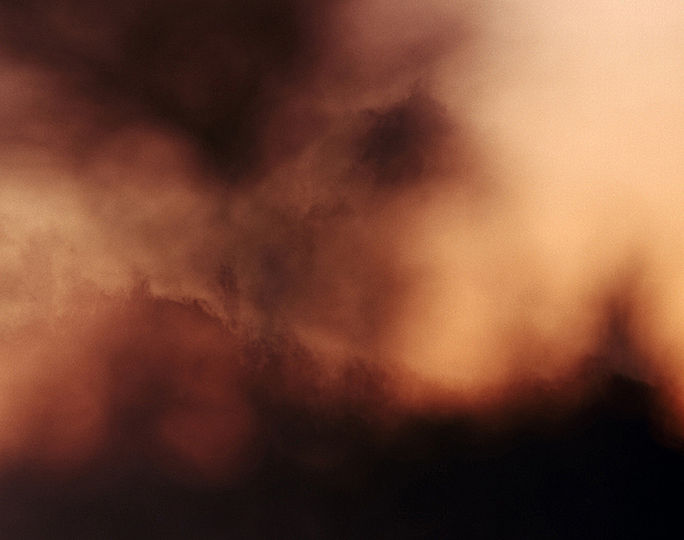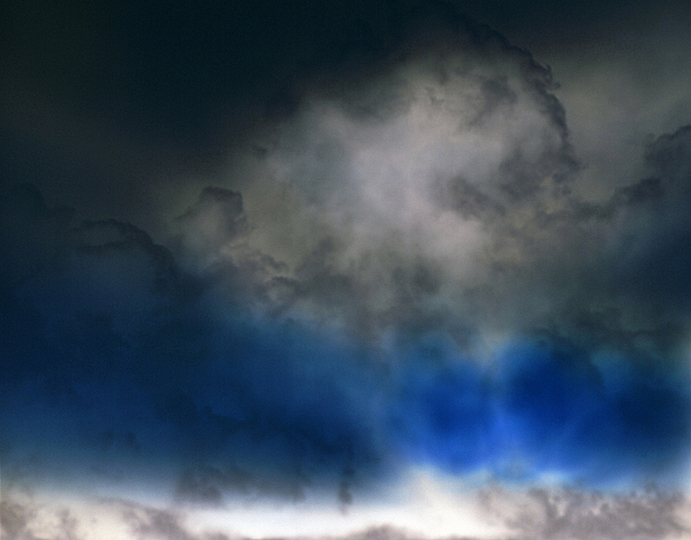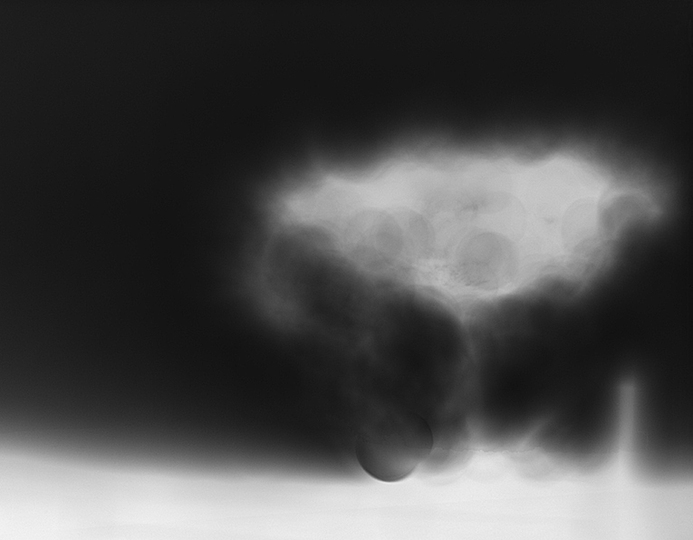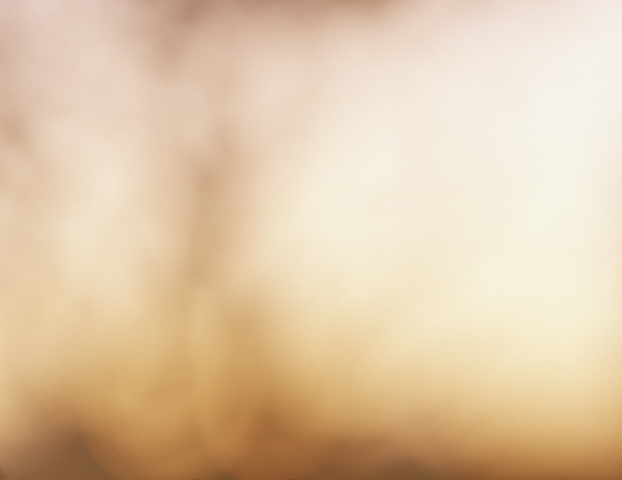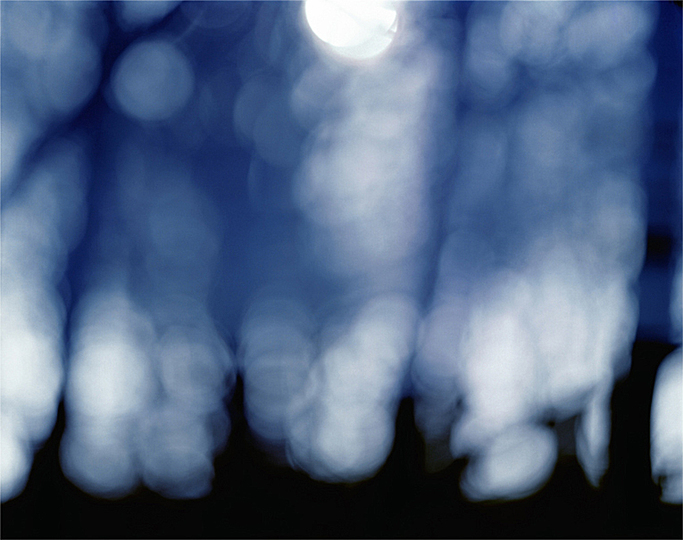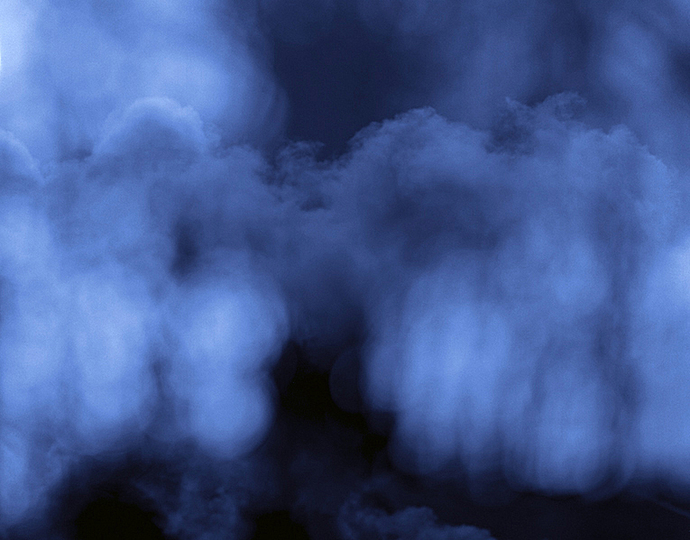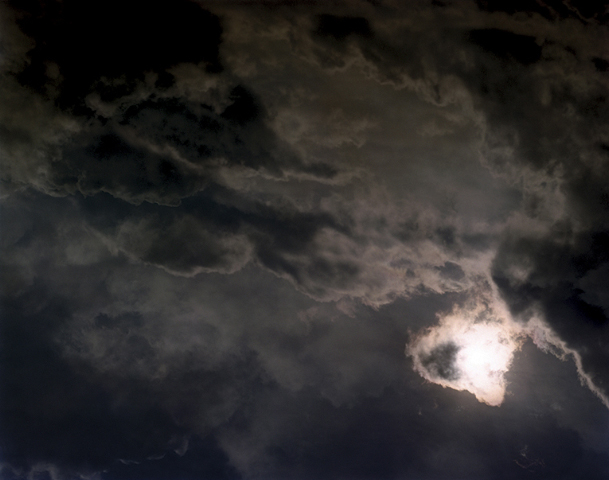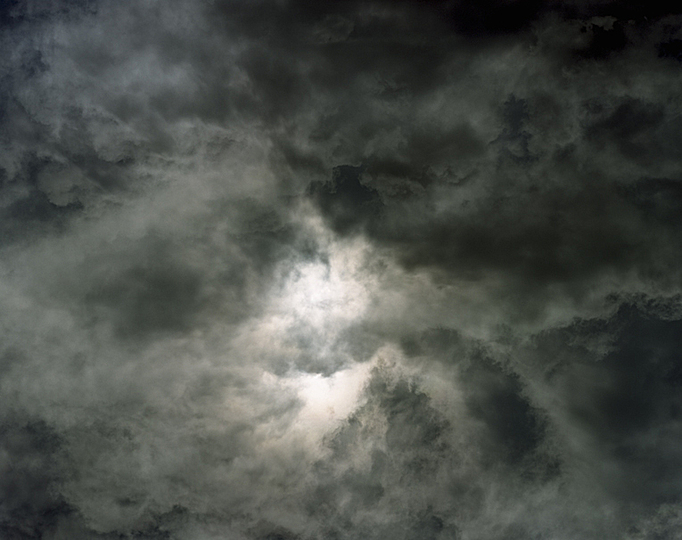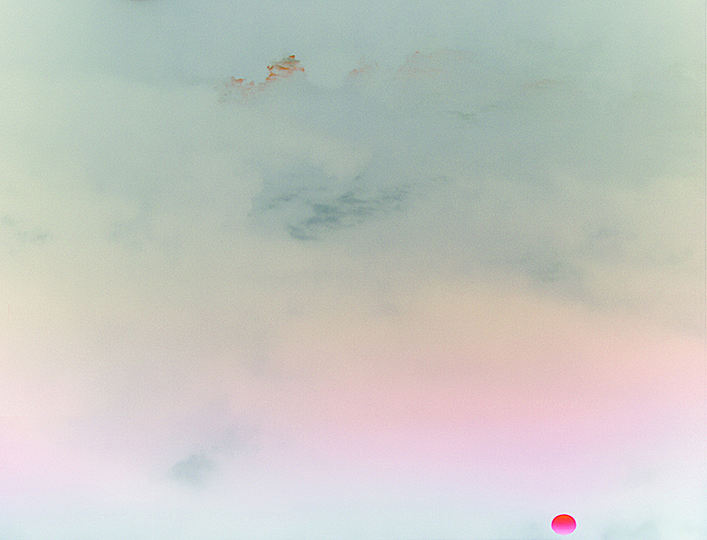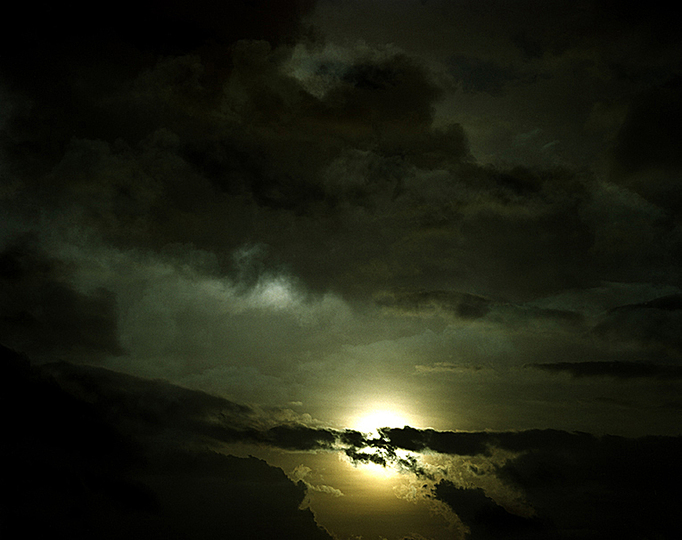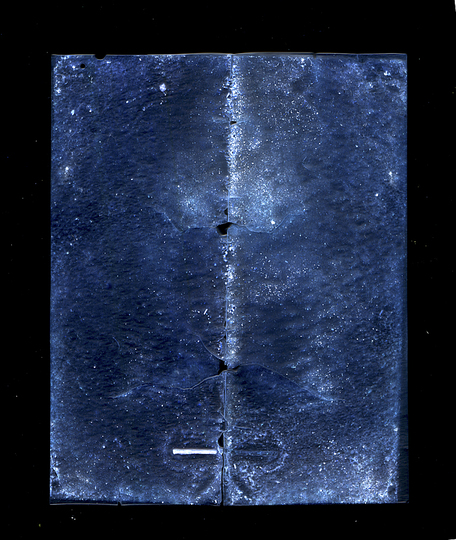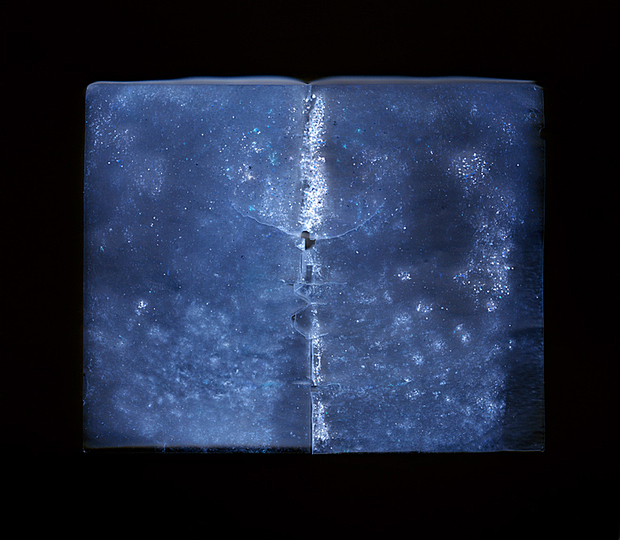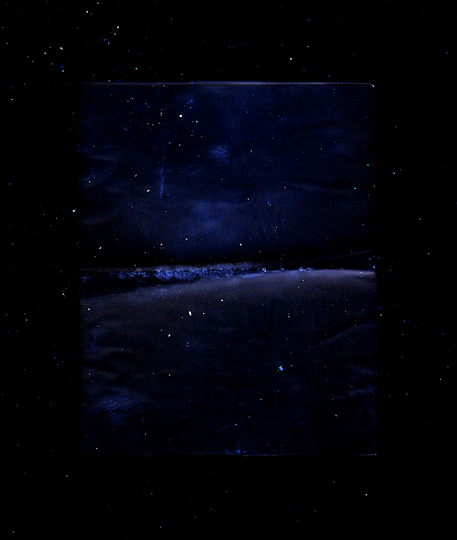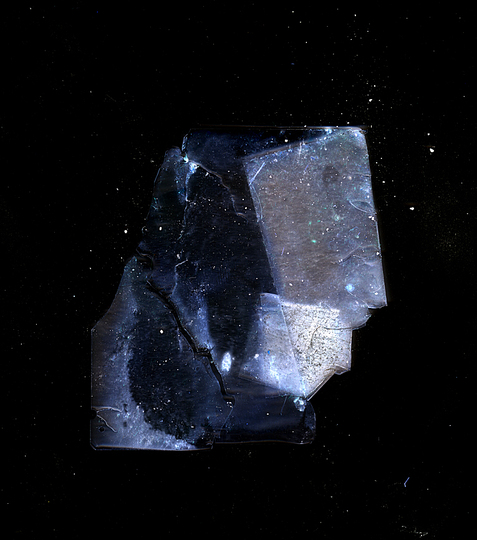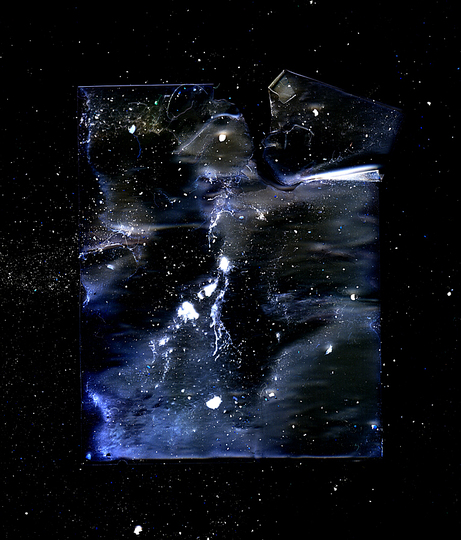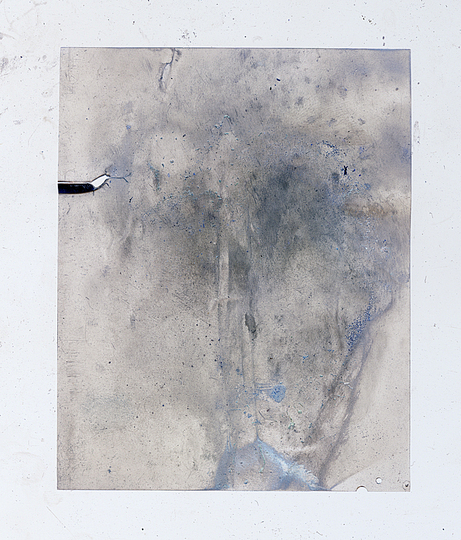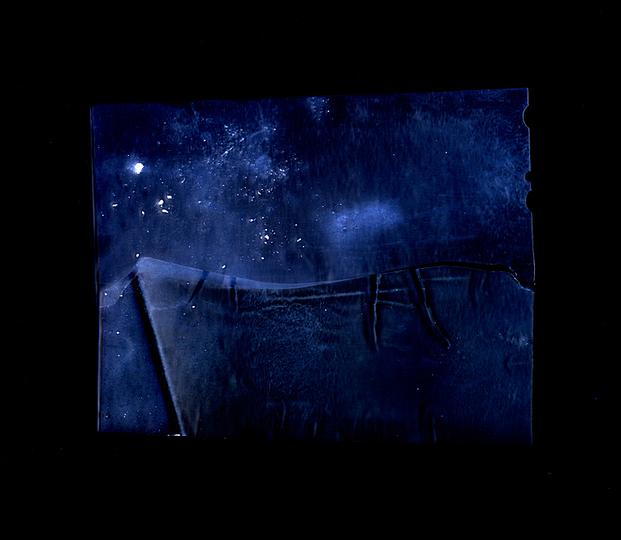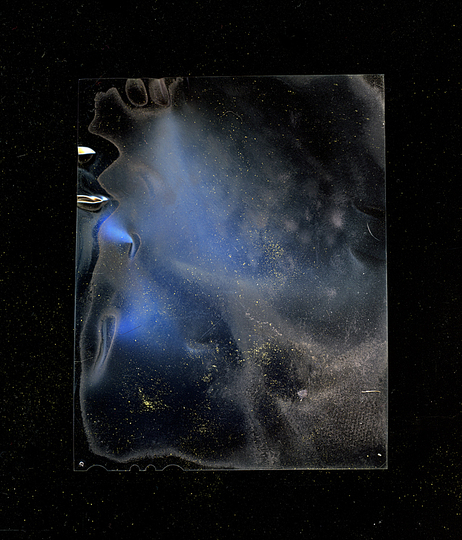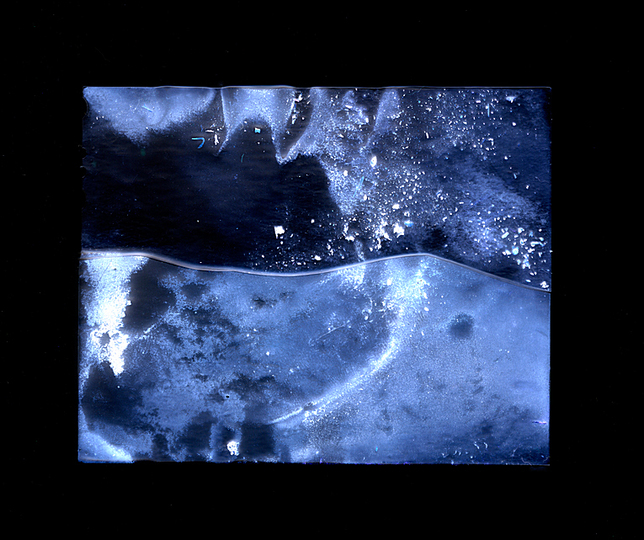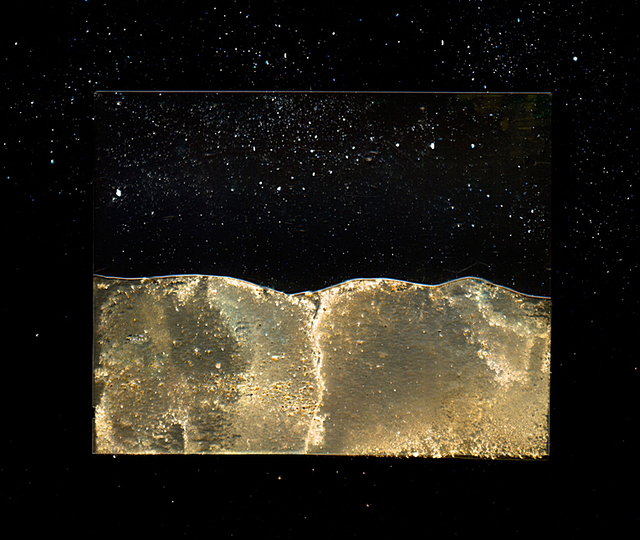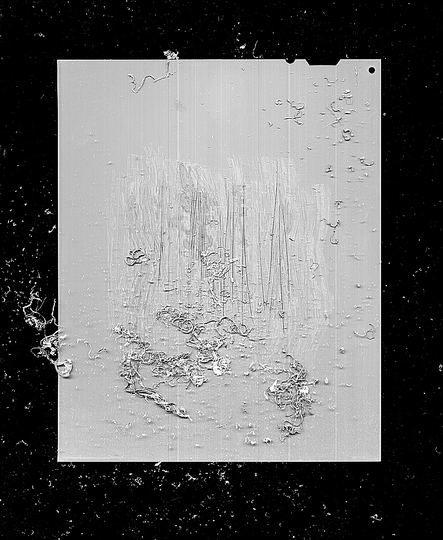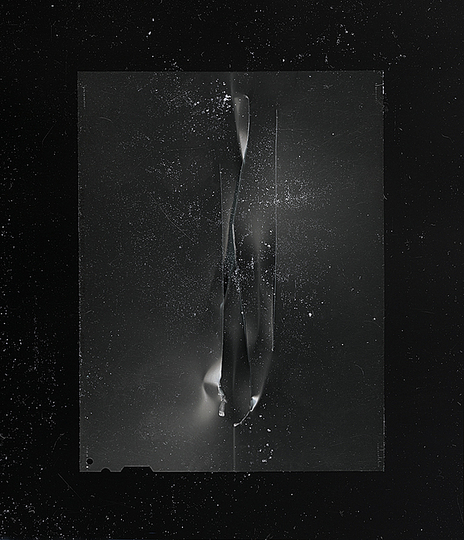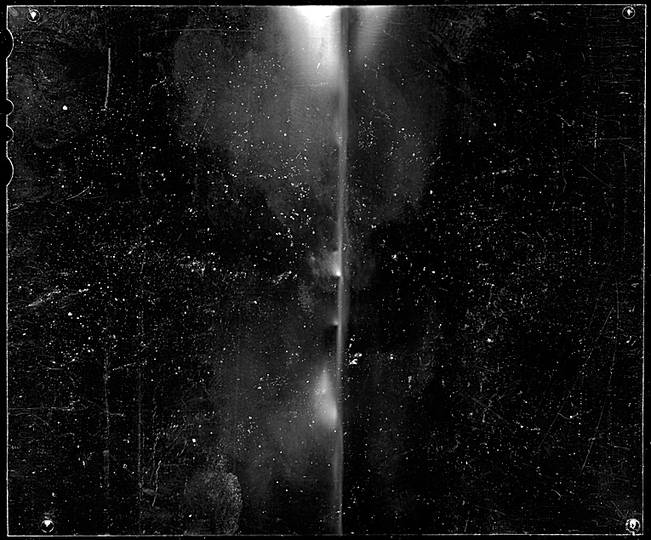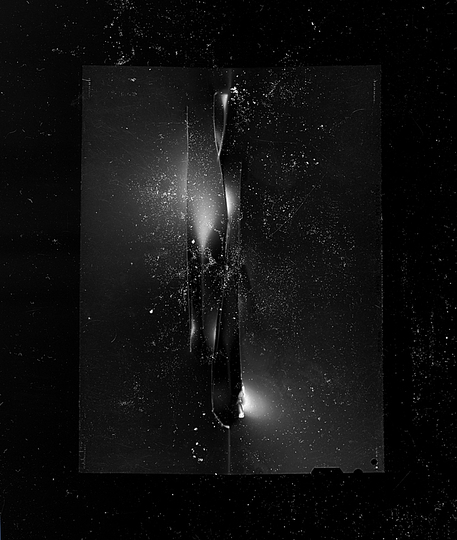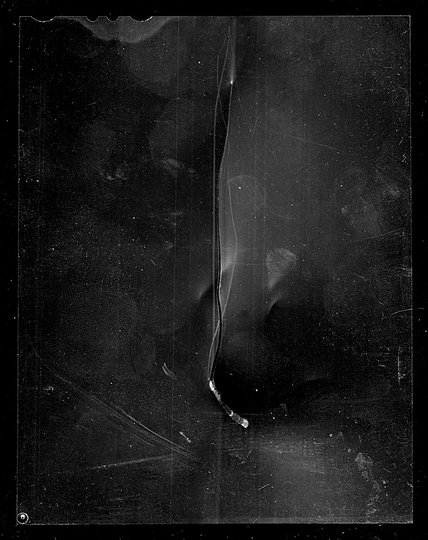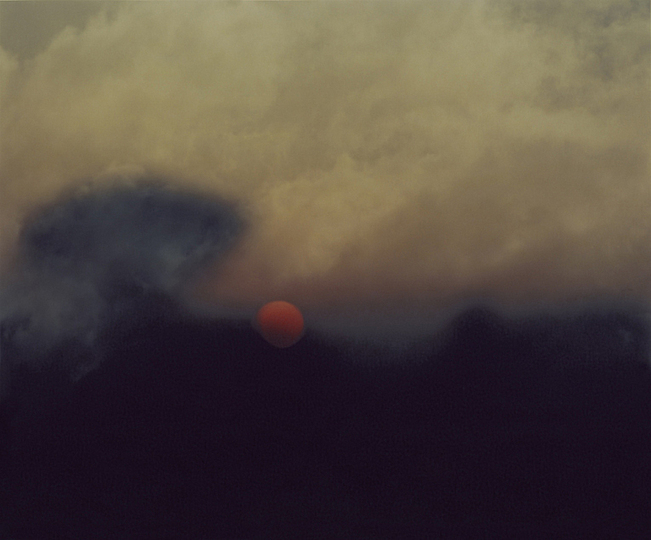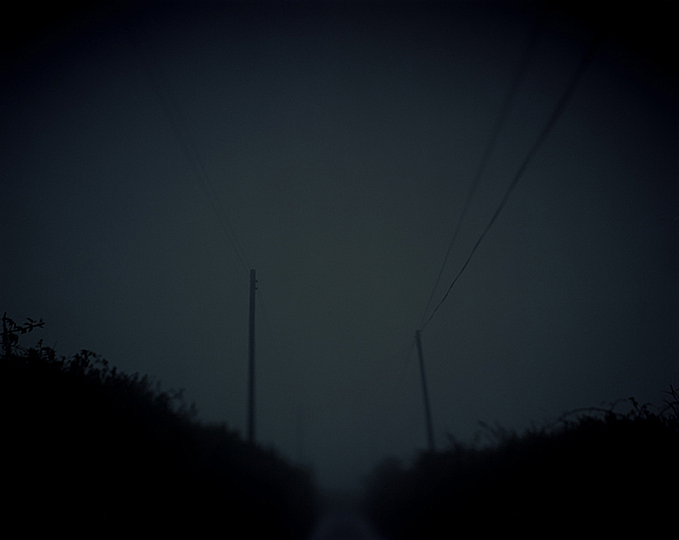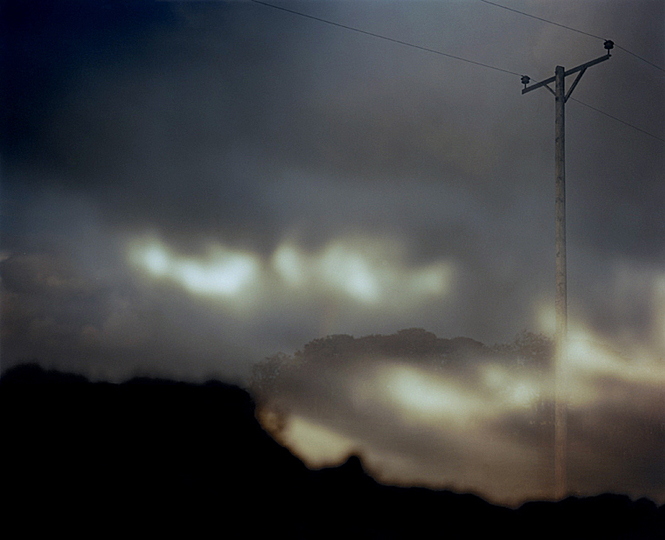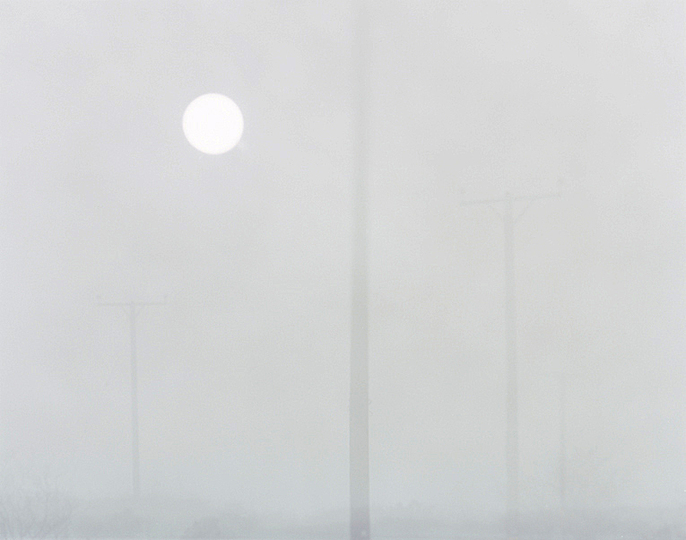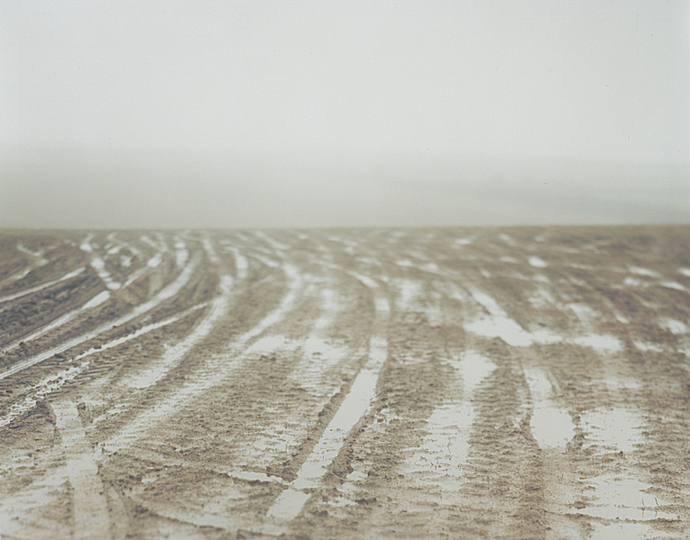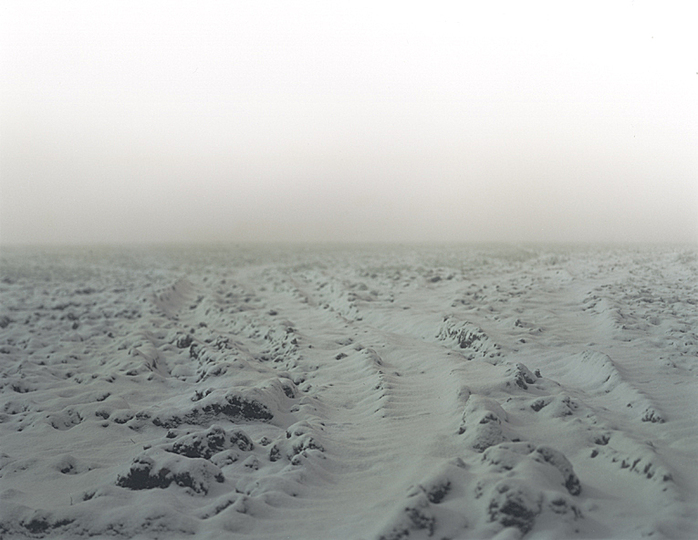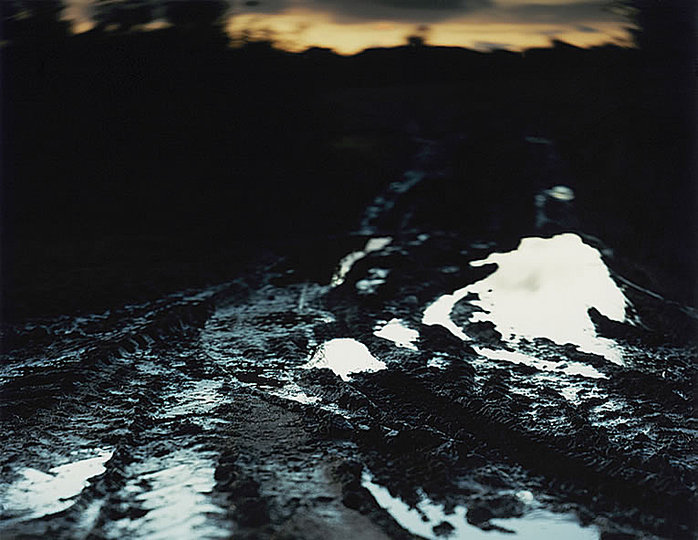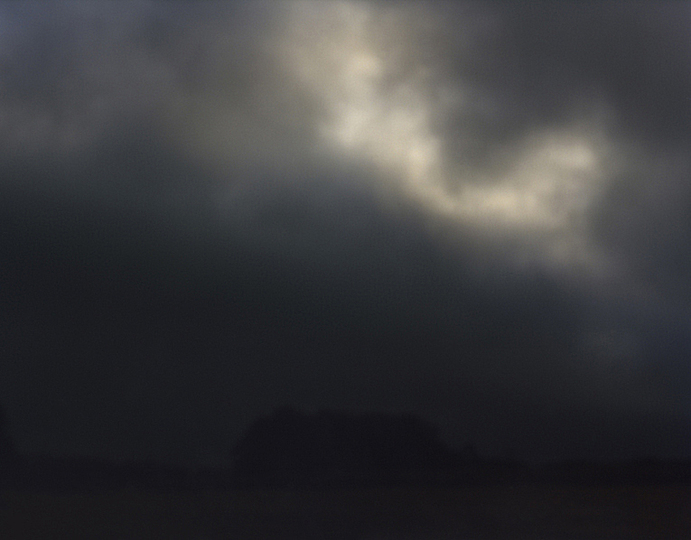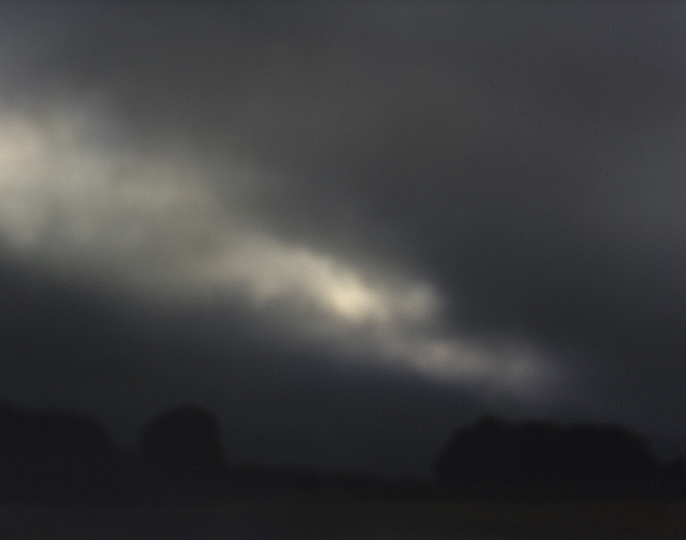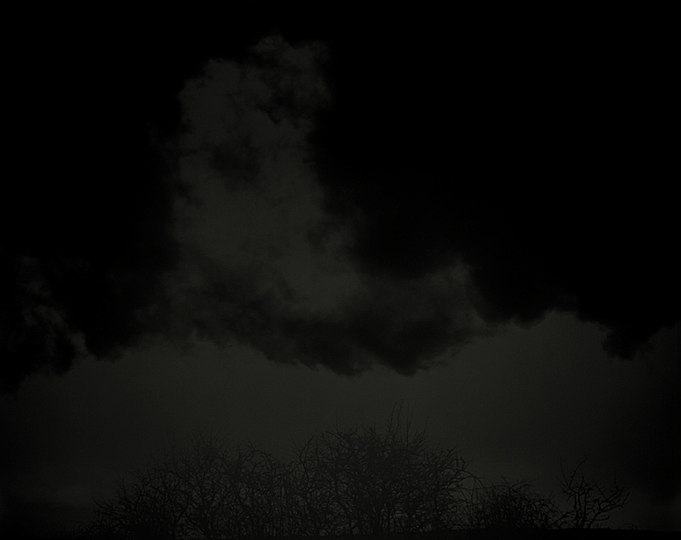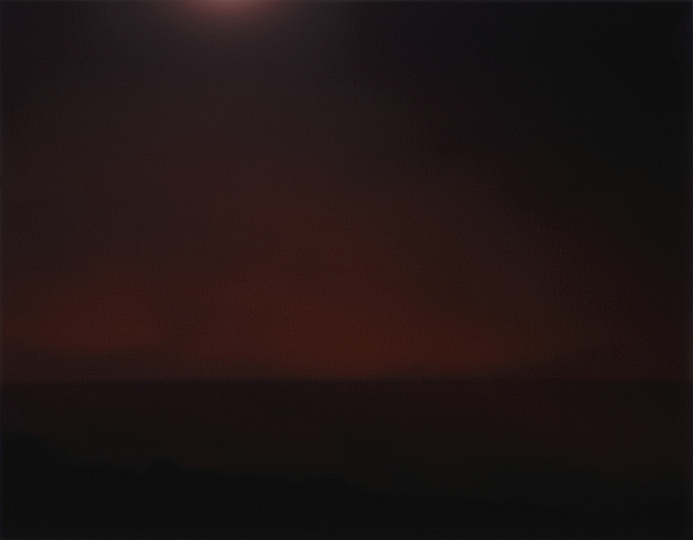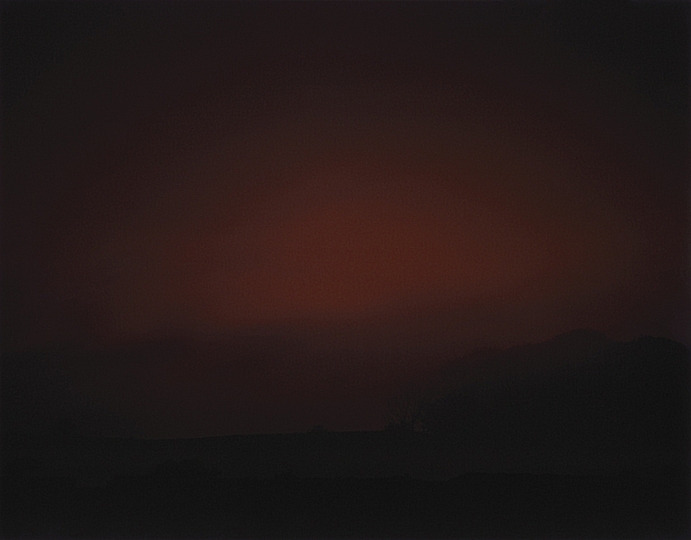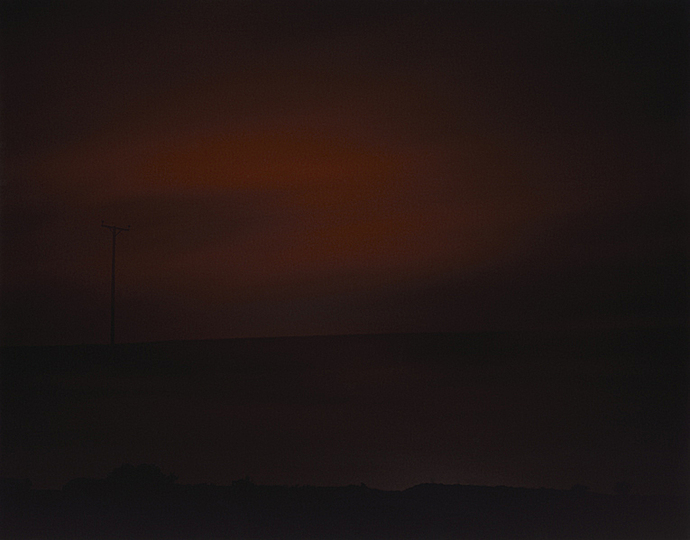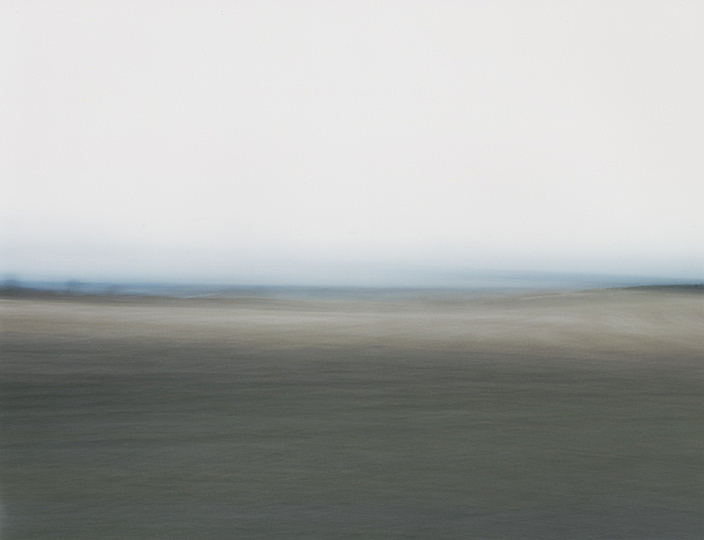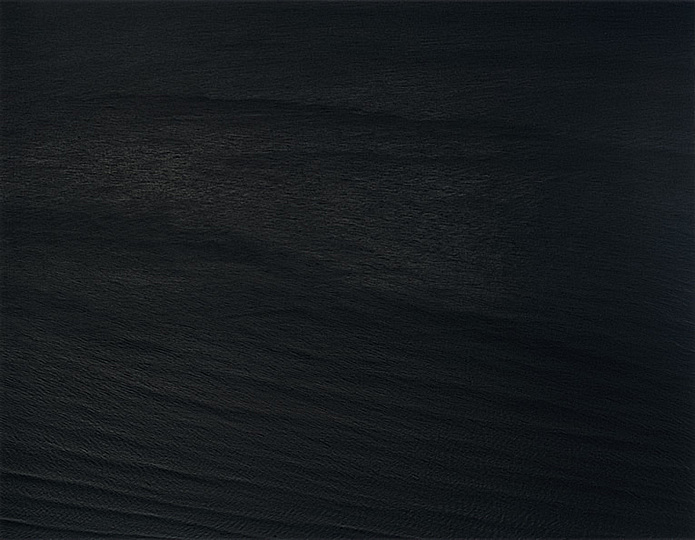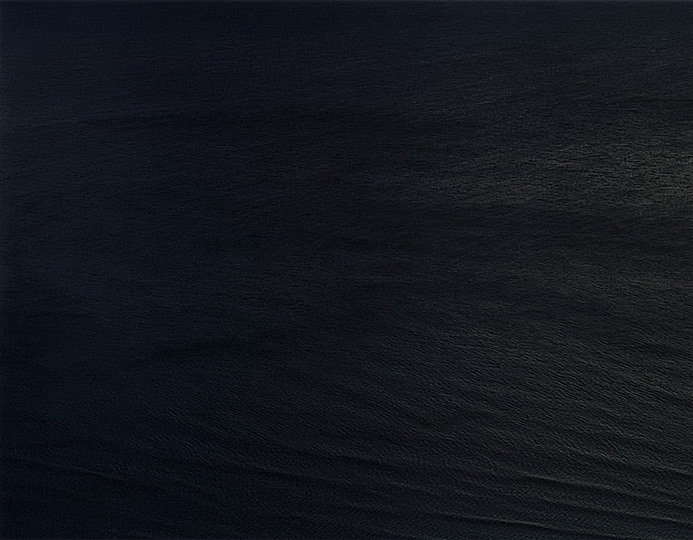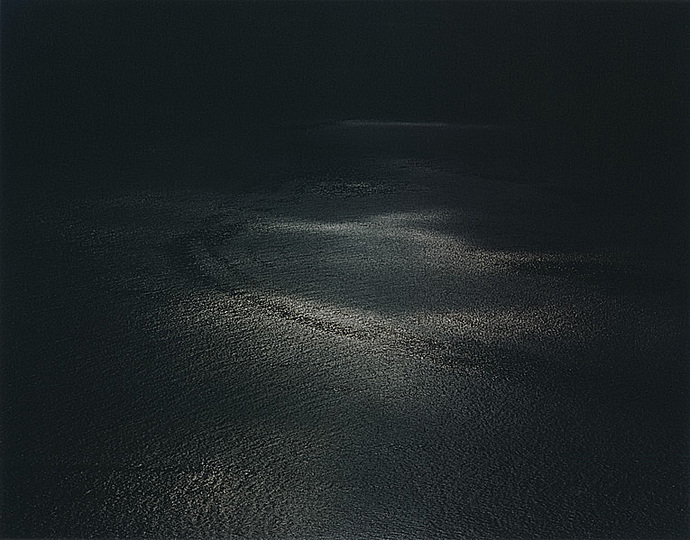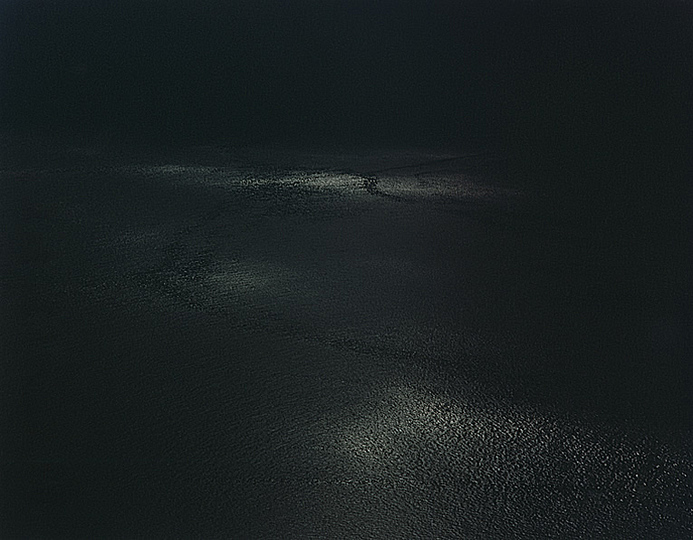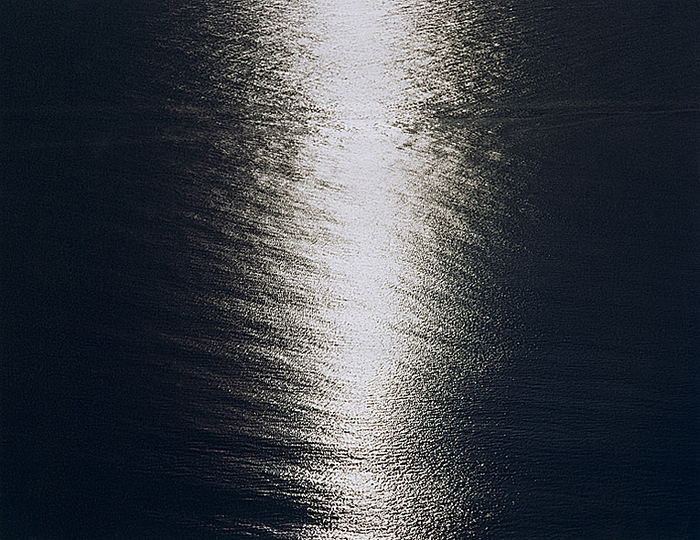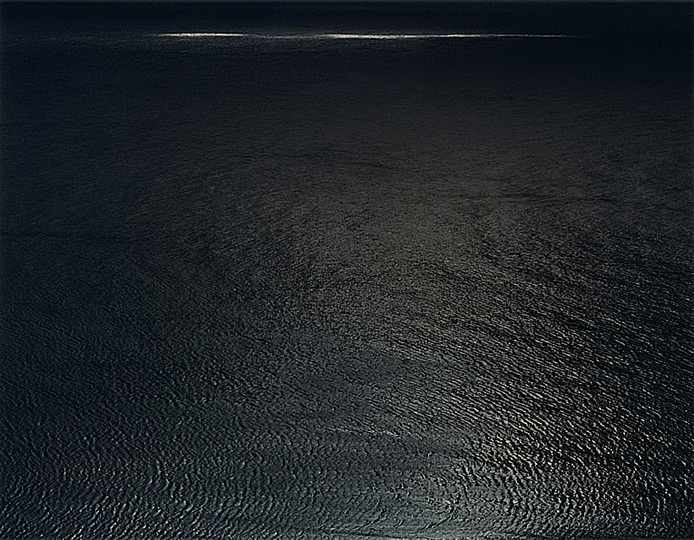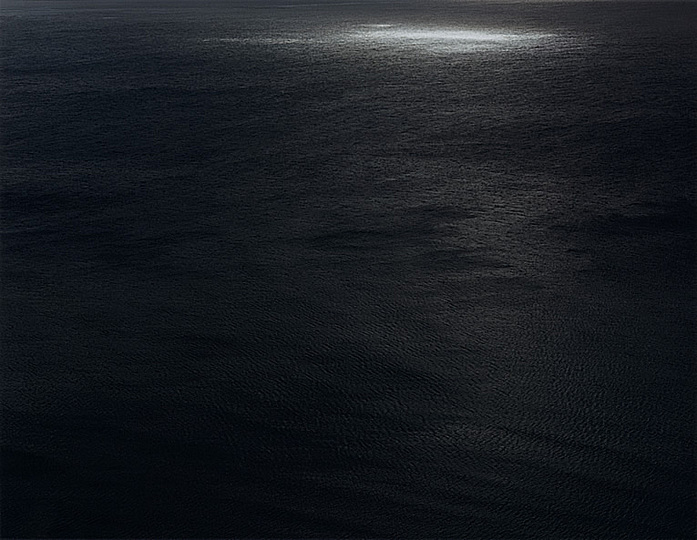Aspects of Cosmological Indifference
Hughes became interested in environmentalism at an early age and seeing how the natural world suffered at the expense of corporate profit led him into fundraising for an environmental pressure group. Increasing awareness of the fragility and preciousness of nature drew him to the landscape. His work has gained increasing international recognition through recent selection for solo shows at the Photographers’ Gallery in London (2007, 2009 and currently 2013), at the Nailya Alexander Gallery, New York, in 2010 and as an exhibitor at ´Earth´ The Houston Biennial Fotofest in 2006 as well as in ‘Landscape,’ the 5th International Photo Festival in Seoul (South Korea) 2005. His work is included in the Victoria and Albert Museum and was a part of ´The Histories of Photography´ exhibition in London from 2009–10 as well as the contemporary selection for the tour of India ´Something that I’ll Never Really See´ from 2010–11. His work has also been seen at the world’s major photographic art fairs in Los Angeles, New York and Paris.
The work seemingly dependent upon a transient lifestyle alludes to universal Romantic themes, allied to an environmental sensibility. Each seeks to illustrate the frail residue of the contemporary wilderness through reduced visions of the sublime within localised nature. Examination is given to the space between the world that people inhabit and that which nature still claims as its own. The current series ´Aspects of Cosmological Indifference´ is a post apocalyptic allegory of nature’s renewal regardless of human folly.
Hughes is a UK based artist who works mainly within his immediate location whether that be - central London, Cornwall, the British coastline, Switzerland or Germany. He has recently (2013) published his first monograph and has work featured in numerous publications, including Next Level, Exit, Hotshoe International, The Photographer and the British Journal of Photography, and is held in a variety of photographic collections worldwide including public selections at the Victoria and Albert Museum, Museum of Fine Arts (Houston) and the Gana Art Center (Seoul).
The visual reverie of dust particles rising through the projector beam of a darkened London theatre formed the genesis of this series. An observation of light and matter that offered a glimpse into the formation of the universe itself.
In keeping with the practice established in my previous series’ of working only within walking distance, I sought to minimise my impact in the creation of new work to the nth degree through the capture of dust on the glass top of a scanner bed - making imagery this time without actually leaving the house. The intention being to investigate the ephemeral patina of our existence.
Finding within these representations of disintegration a strange beauty akin to stars and the vastness of space as well as the end of nature's life cycle. Later upon learning that atmospheric dust particles form the nuclei that give rise to mist, clouds and possibly even rain (thereby reaffirming the cyclical pattern of nature) - I felt drawn back to my concern for the world outside. Spurred on by the thoughts of Sarah Nardi commenting on earlier works from the series ‘Edge’.
"The images are desolate, almost bleak, but there seems to be a calm about them. They seem to reassure us that the existence of life or the lack thereof is inconsequential to the universe."
Whilst concern for the environment has become more of a mainstream preoccupation it remains to be seen if we have not already used up nature’s goodwill towards us. The slash and burn ecocide of previous generations suggests the future is unknown and the tipping point may already be passed. We fail to heed warning signs at the risk of great loss, yet nature offers a greater lifespan by virtue of the fact that it would eventually profit from our disappearance.
Whilst we continue to rapidly evolve our resource dependent lifestyles, the Cosmos shrugs its shoulders, completely indifferent to the mesmerising mess we make of this planet.
Observation of repeated patterns in nature, its beginnings and endings are given greater understanding through staying still - trying to capture scenes devoid of our presence, also engaged a deeper level of contemplation. I found myself looking for traces of wilderness (or our complete absence) and finding it mostly above, beyond the ground, and thereby the wider universe.
Gazing at night skies and overwhelmed by millions of stars not unlike the specks of dust on my scanner bed I found fresh wonder and the obvious origin of the word we commonly use to refer to space.
Through study of the dissolution of matter, and in experiencing our insignificance I found reassurance. We are no more than fleeting passages of time, temporary layers that shift, change, combine, universally we swarm and are gone.
These are our moments…here and gone, as the fleeting passages of light so are the changes we have wrought upon the earth’s surface, we can but amount to mere scratches upon the surface no more than splashes of colour before we return to dust.
Nothing lasts very long in the grand scheme of things, dust rises and light falls - the continuation of our existence remains inconsequential to the universe and our demise will signal the natural world as the likely benefactor. Despite having thoughts centred on the apocalyptical, there came visions of beauty and rebirth
Inspirations.
The modern artist is working with space and time, and expressing his feelings rather than illustrating.
— Jackson Pollock
— Jackson Pollock
- penccil is free.
- No trackers. No cookies.
Just creativity.
